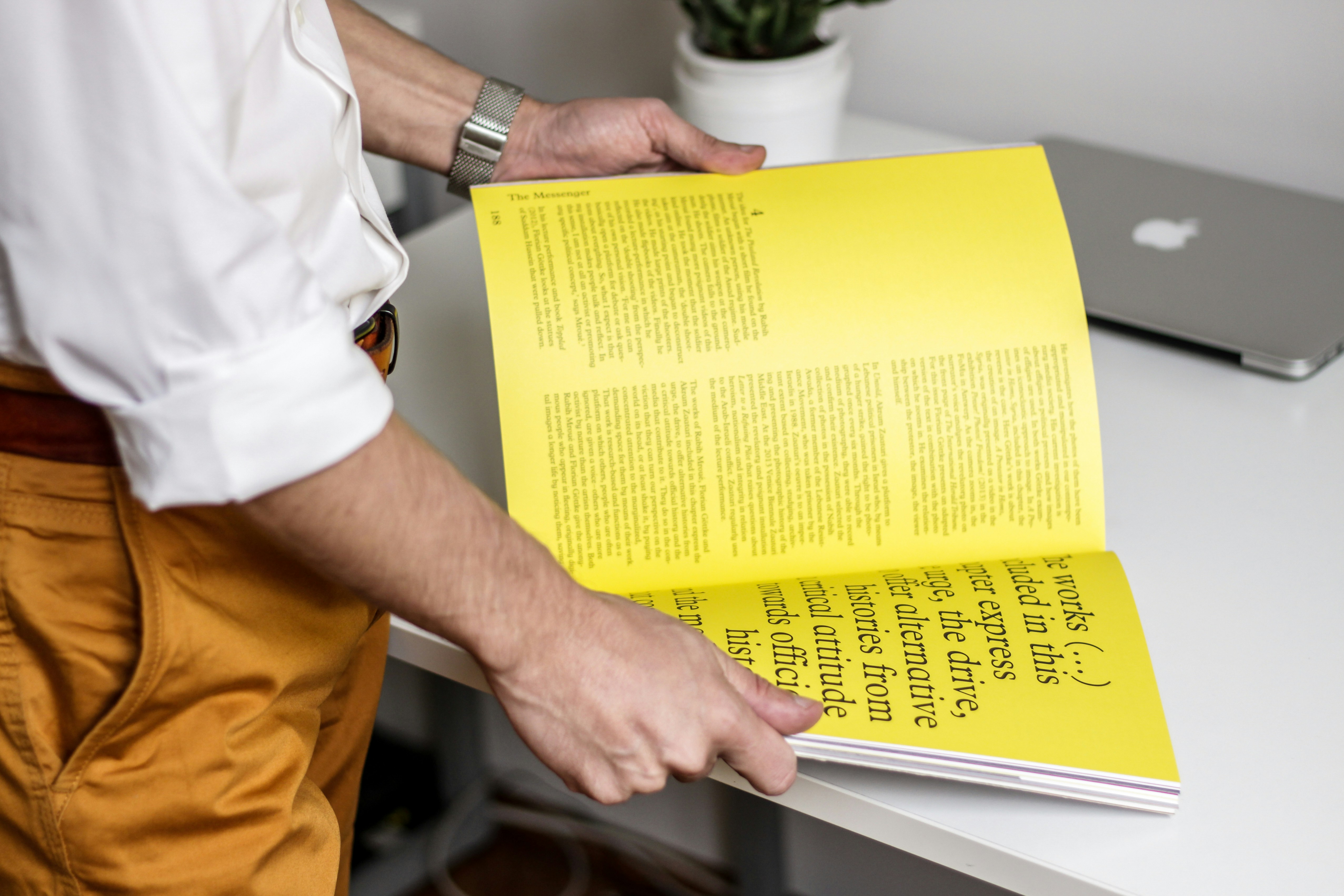How do you keep track of student progress? Assessments, summative in nature, is one way and even better if you can provide precise feedback through rubrics. But how about getting the students involved in assessing their own learning progress? Setting up a monthly timeline template for your students is a good way for them to pause and reflect, keep track of what they have learnt and still need to work on.
Setting up a weekly or monthly timeline activity is also useful to provide an overview, especially at the beginning, of a topic.
More on these two uses below 🙂
📚 Monthly progress reports
Sutori’s timeline format has the advantage of allowing for analysing one’s progress in a linear, step-by-step way. Teachers can provide a template that students can duplicate and edit as they see fit. In addition, the timeline format, compared with a spreadsheet or a document, has the advantage of not overwhelming the student with an overload of information and is easier to follow.
If rubrics are often associated with summative evaluations, they can also be used in a formative way. Adding clear rubrics to your template enables the students to understand further what they are expected to know, understand and master. Importantly, these can provide a platform to review and assess, come up with a plan to improve.
We’ll look at some templates below, but let’s see how rubrics both help educators and students:
- Provide students with clear expectations for assignments
- Provide feedback that is focused on specific areas of learning to improve
- Enable student self-reflection to achieve faster learning outcomes
3️⃣ Monthly timeline activity
You are in class, teaching your students about an historical event. It’s complex, multifaceted. Your students are maybe struggling to grasp its meaning or how it came about. You then whip out a timeline, showing them the chain of events - the causes, the consequences, the process - providing your students with a visual clue to shed light on the event.
Timelines are a natural fit when studying history and the broader social studies, but what about timelines for explaining a story plot or to review the literary journey of an author? What about an art teacher wanting to show the evolution of a painter?
- Create your own timeline
Sutori has enhanced the timeline format, making it possible (and easy) for you to add text, media and all kinds of interactivity through polls, quizzes and embedded resources. You can then share this with your students and get them to watch the videos, read the content, answer the quiz questions etc. in class or at home. If your students create accounts on Sutori, they can add comments and engage further in the content.
- Students create their own
Set up a template so that students have a framework from which to create their projects. Feel free to use one of the templates (a selection comes up before you begin creating) that you can edit at will. You can also get your students to create a presentation from scratch.
Sutori also has a collaborative feature, meaning students can work together on timelines, great for group work.
💡 Timeline templates
- Weekly goals (a good place to start for a rubrics-centred progress report)
🚀 Highlighted resource: wonder journal
Wonder journals are about sharing the learning process and reflecting on what you have learned. This teacher shows the way!
If you have a Sutori account, you can copy this to have your own version you can edit as much as you want.
✍️ Create a timeline
Head on over to Sutori and create a free account. You can then start working from the template in a matter of minutes or start from a blank slate.
With Sutori, you can:
- Easily add videos, images and audio files to your project
- Embed any file or web link
- Use the “Present” function to bring the presentation to life
- Build interactive quizzes and polls for engagement
- Develop peer review skills with comments
- Export to PDF or embed it directly into your website
- Everything saves automatically!
All that is required is an internet connection! Sutori works on all common web browsers (Chrome, Firefox, Safari, Edge). There is a paying and - generous - free version of the tool 😊
✅ Summary
Getting students to reflect on their learning, to learn how to focus on the important information and summarise is key for students to develop their abilities. Regular check ups, setting up progress reports with clear rubrics, is good test preparation too, avoiding nasty surprises for both teachers and students when test day comes around.
Sutori has a breadth of templates for you to choose from for all kinds of timeline assignments. Give it a try now 🚀




